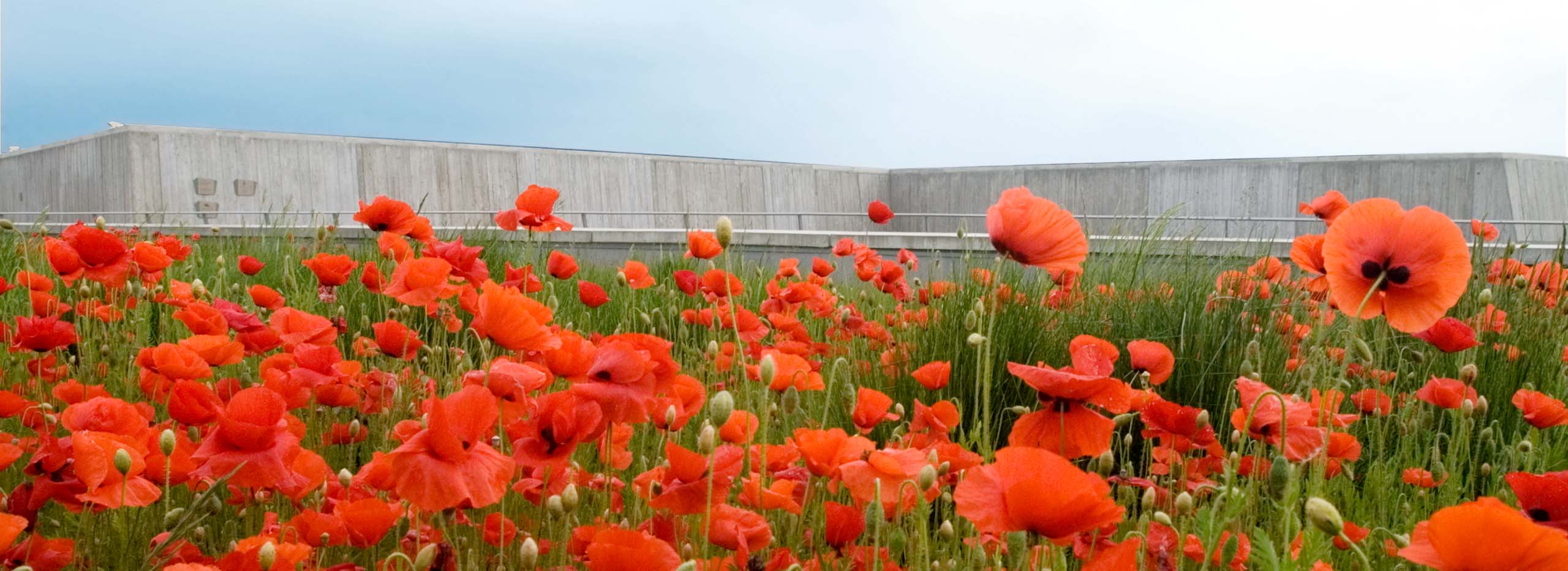
Historical Overview
Millions of Canadians have served their country in uniform. War and conflict have profoundly shaped the country and its people, and today’s Canada exists in part because of their service and sacrifice. As we strive for a more peaceful world, it is important to remember and reflect upon the contributions of the men and women who have served in the military.
How has war shaped your life?
Remembrance Day
Remembrance Day occurs in Canada each 11 November. It is a day of national commemoration for the more than 118,000 Canadians who have died in military service and the many more who survived and continue to serve.
The annual day of commemoration for Canada’s war dead began after the First World War.
It was first observed as Armistice Day, in 1919. “Armistice” means the formal stopping of a war, like the end of the fighting of the First World War at 11 a.m. on 11 November 1918.
For over ten years, Armistice Day was the first Monday in November. In 1931, the name was changed to Remembrance Day, and the date of observance was fixed to November 11.
John McCrae wrote the poem, “In Flanders Fields” during the First World War. The poem’s reference to poppies has made the flower a symbol of remembrance. Since 1921, Canadians have worn poppies on their lapels to mark Remembrance Day.
Monuments, Memorials and other forms of Remembrance
Many prominent local and national war memorials were erected in the wake of the First World War, as Canadians honoured those who lost their lives in this brutal conflict.
With the remains of Canadian service personnel left overseas in Commonwealth cemeteries for much of Canada’s history, Canadians at home commemorated the fallen. They raised local memorials, named parks, streets and geographical features after soldiers or battles, erected plaques, and promised never to forget the service and sacrifice.
Three important war sites and monuments were unveiled in the 1920s and 1930s: Beaumont Hamel (1925) and the Vimy Memorial in France (1936), and the National War Memorial in Ottawa (1939).
Since then, Canadians have continued to honour their war dead, by adding their names to existing memorials, creating new monuments and developing new symbols and traditions of remembrance.
Banner photo:
Poppies on the roof of the Canadian War Museum
Canadian War Museum, CWM2011-0065-0006-Dp1
You may also be interested in
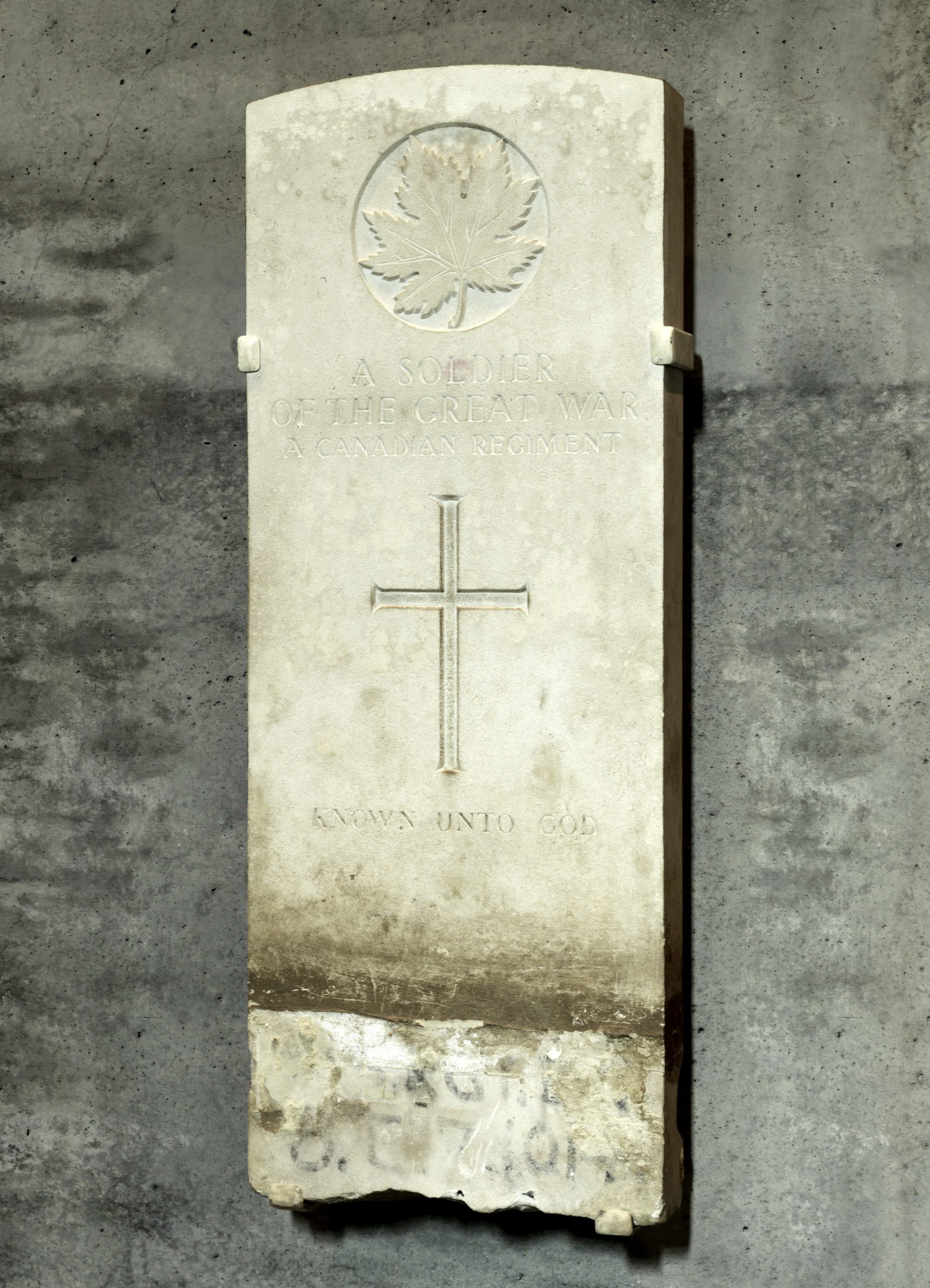
Artifact
Tombstone of the Unknown Soldier
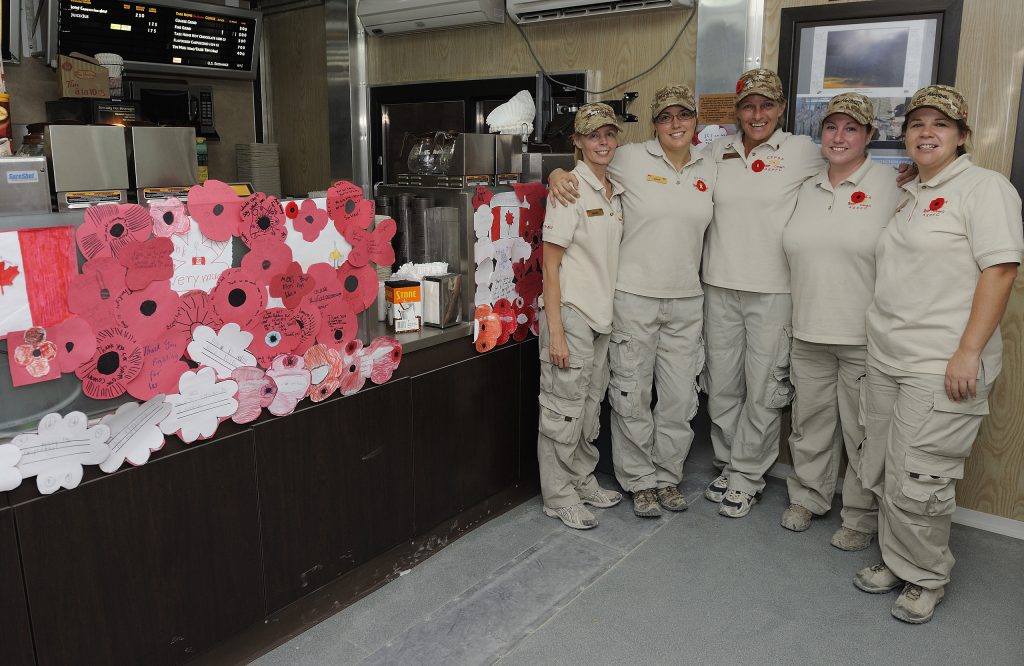
Photograph
Remembrance Day at Tim Hortons, Kandahar, Afghanistan
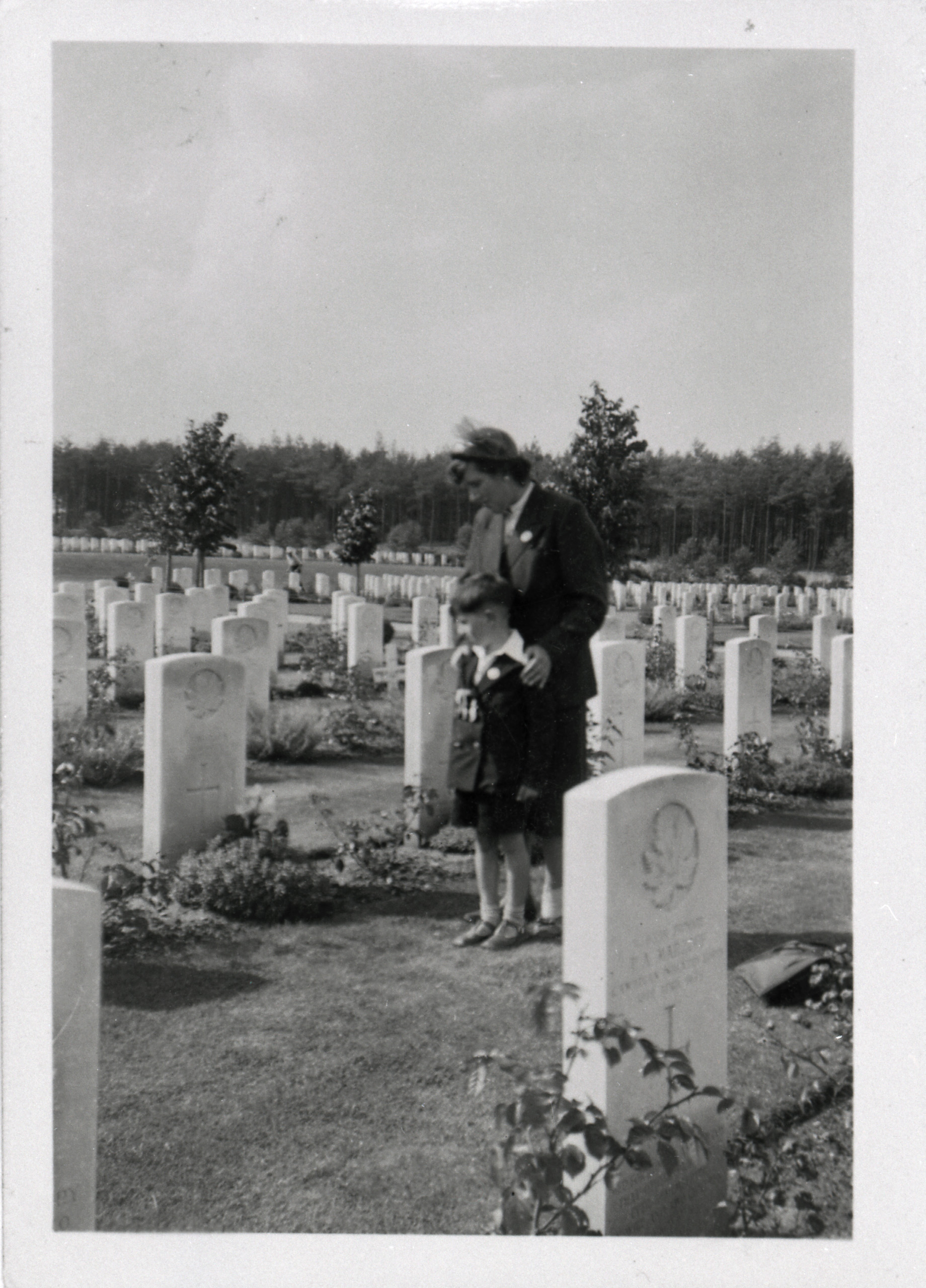
Photograph
Lily and Donald Worden at the Gravesite of Edwin Worden
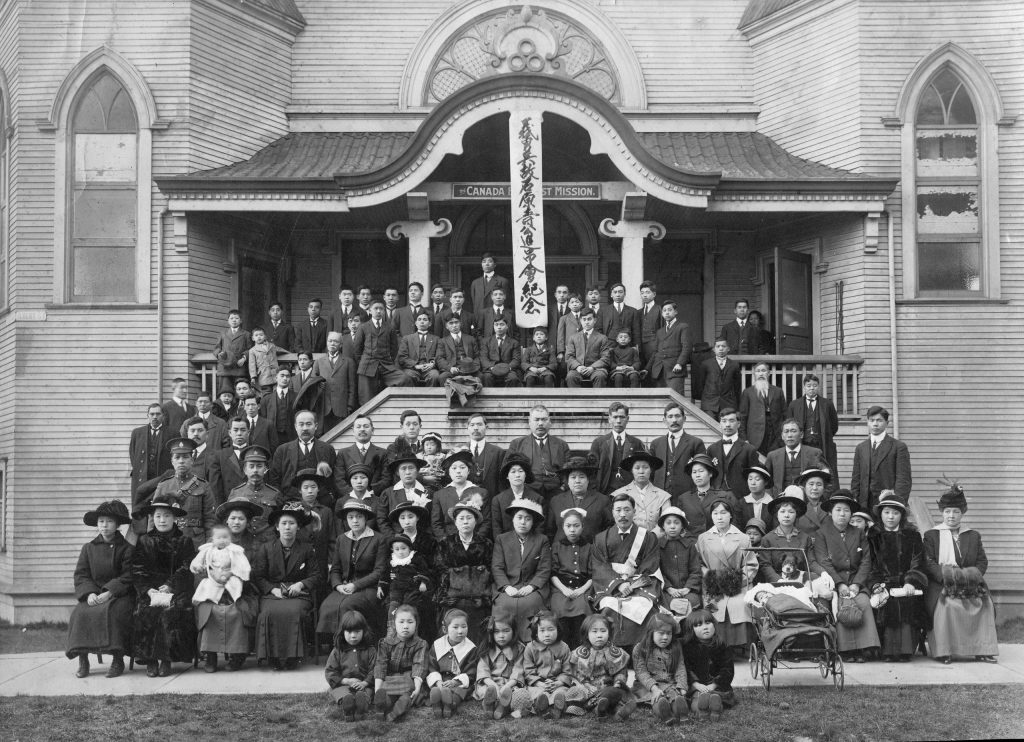
Photograph
Japanese Canadian Community Members in Mourning

Photograph
Ainsworth Dyer Memorial Bridge, Edmonton, Alberta
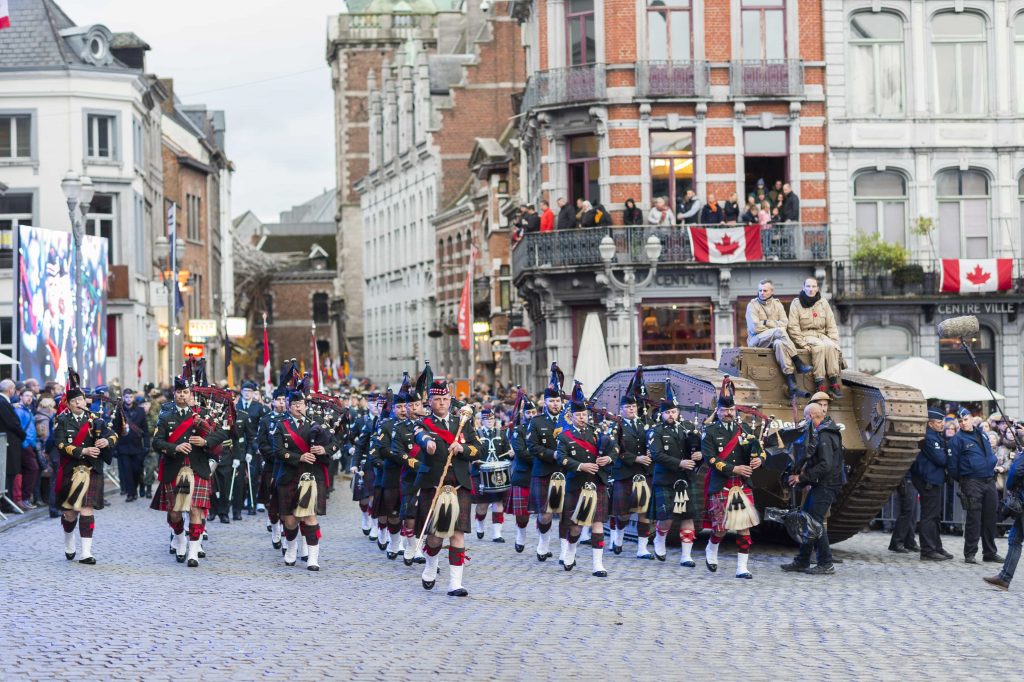
Photograph